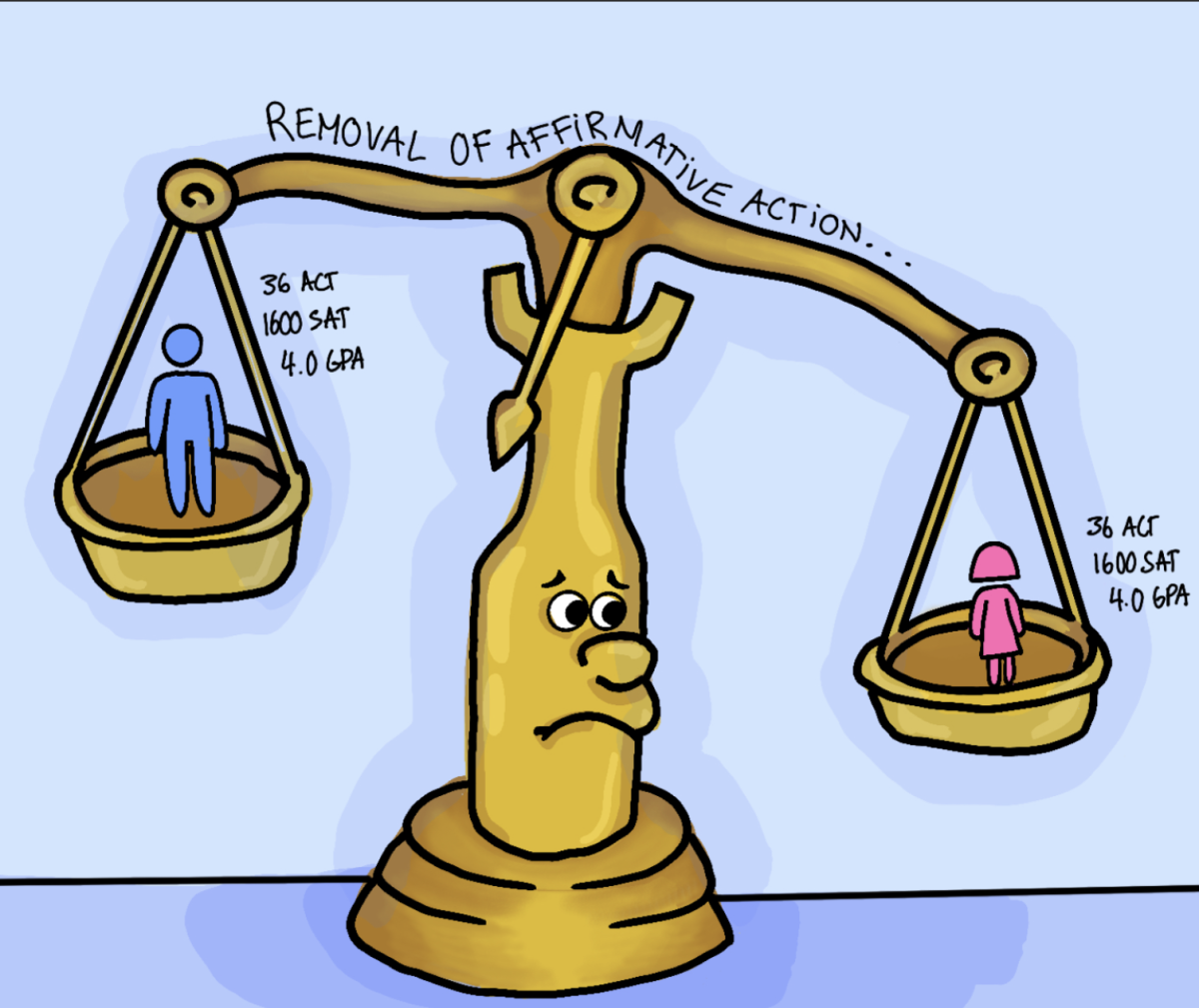Gone are the days of rifling through three-story malls and sifting through piles of clothes just to find a medium. With the rise of online shopping in the mid-1990s, we welcomed millions of items at our fingertips, just a click away, and soon delivered right to our doorsteps.
Since then, electronic (e) commerce has surged in popularity, with some markets becoming exclusively online. The US Department of Commerce is predicting a total of $1.1 trillion in online sales by 2024. As the holiday season approaches, Globe staff reflects on the future of e-consumerism and its social and environmental implications.
Many agree that online shopping is “more convenient” than shopping in-store both because of the comfort of remaining at home and the wider variety of products available online.
Emily Scobie (’25) notes that certain sizes, colors, and styles can be hard to find in physical stores, making online searches much more efficient. She also points out that “especially for plus-sized and petite individuals, some sizes are only available online.”
Moreover, another benefit of online shopping lies in its ability to create new industries and opportunities for businesses. Some small and niche businesses have a very small target market, and are only able to reach these customers by operating online. Indeed, as of 2024 nearly 1-in-3 small businesses operate fully online.
While some businesses thrive as a result of e-commerce, others have struggled to stand out in an oversaturated market. Various Globe staff members referred to the Larchmont and Mamaroneck commercial districts as a prime example of how online shopping can harm small businesses. Many small businesses struggle to maintain an online presence for both financial and business model based reasons.
The National Retail Federation (NRF) reported that 50% of small retailers saw profits decline in 2023, finding it overwhelming to navigate online marketplaces. One Globe staff member spoke to this, noting that supporting local businesses fosters a “rich and full community” and is imperative to retaining a distinct community identity.
Moreover, there is consensus that younger people need to engage in more in-person interactions, and the rise of online shopping just eliminates another reason to get out of the house, have fun with friends, meet people and interact, even if just at the cash register.
Other impacts of e-commerce involve the labor market and on the environment. Online markets open up new job opportunities in fields like warehouse management, logistics, and digital marketing. In the US, the online marketplace has created over 3 million new jobs with more than 5 million people employed in jobs directly related to online retail and e-commerce.
Despite these positives, e-commerce can enable worker exploitation in terms of underpayment of workers, poor working conditions, child labor and other violations of more progressive labor laws.
Many jobs created by e-commerce have some part of their business in regions of the world with looser labor laws, with the intent of producing more for less. These jobs may be part of the explosion in job creation by e-commerce, but are they the kind of jobs with the types of conditions we want our global economy to create?
On the environmental side, e-commerce contributes to higher carbon emissions due to increased shipping and last-mile delivery offerings, which leaves a larger carbon footprint than traditional retail.
A 2020 study by Environmental Research Letters found that the emissions created by an online purchase can be three times higher than an in-store purchase, mainly due to fast delivery being such a staple offering by online retailers. The US Environmental Protection Agency (EPA) estimates that 30% of landfill waste comes from packaging materials, much of it now linked to e-commerce.
Regardless, e-consumerism will continue to rise in popularity. As the relevance of online shopping continues to increase, governments need to take even more precautions to regulate online businesses, such as requiring better environmental behavior in packaging and delivery, and demanding more protection for workers, regardless of where in the world their work is done.








